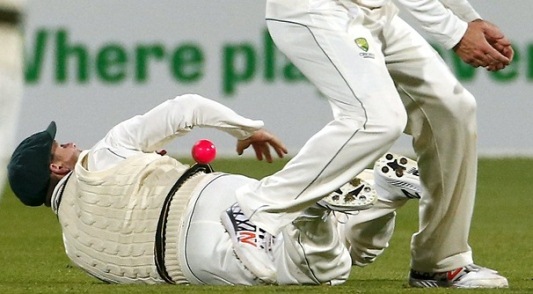The Day-Night Verdict
0After all the fear-mongering in the build up to the Adelaide test, we found up that humanity was actually ready for this. It was not the perfect product by any means, but there was enough about it for the concept to be spread more widely.
There have been three test matches played over the past fortnight in Perth, Nagpur and Adelaide. Three wildly contrasting environments, and three wildly contrasting tests. But Adelaide was clearly the pick of them.
Not all of it was ideal though; tests ideally make it into at least the fourth day and the highest individual score for the match was 66.
From a technology point of view was that the ball did not get knocked out of shape or severely discoloured, although it never for to go the full distance. The fear had been that it would get dirty too early. This led to the pitch being a little damper than usual in order to go easy on the ball.
That moisture meant that throughout the test the bowlers were always in the game regardless of what time of day or night it was. And when it was dark it swung a bit more too. As it happened this made conditions similar to New Zealand conditions of old, and groundsmen here will have noticed that regardless of when in the day the return tests are being played.
Batsmen did note it was hard to pick up the seam under lights, and a noticeable number of catches were put down under lights. However, Santner also dropped a skier because he was looking into the sun. Conditions old and new have an impact on a game, which is part of its beauty.
At the end of it, 123,746 Adelaideans / Radelaidians can’t be wrong. Neither can the inflated viewing numbers where the figures for the final day equalled that of the World Cup semi-final between Australia and India.
There is a minority of cricket grounds around the world where this would or could work. But Adelaide, with its reliable climate is a lock-in for years to come. They will just need to tinker with the water table.

